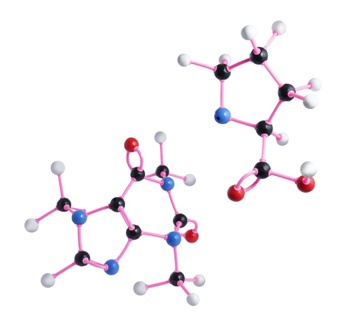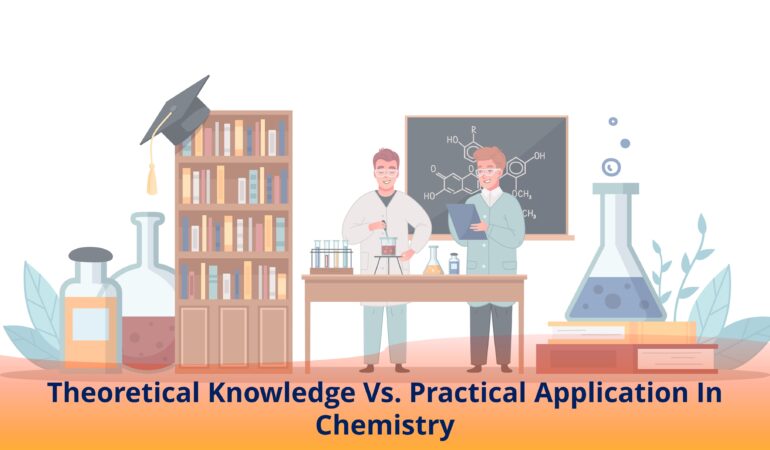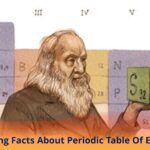Science Practice: Developing and Using Models
Molecular Model Kits are becoming popular in this new era. Now everyone can buy it easily at a very nominal investment. It is a must-learning kit for every teacher, professor, and student.
Chemistry is a vast subject and needs practical visualization to understand concepts in depth. Organic Molecular Models are used in a variety of concepts in chemistry.
1. VSEPR Theory – Models help to make all geometrical shapes of VSEPR concepts like a linear, bent, trigonal, tetrahedral, trigonal pyramid, trigonal bipyramid, seesaw shape, Octahedral, square pyramid, square planar, etc.

2. Chemical Bonding – Understanding different bonds and molecular structures

3. Organic Chemistry – study of Alkanes, alkenes, alkynes, and complex carbon family structures can be made with the help of Organic Inorganic Chemistry Molecular Models

4. Coordination Compound – different shapes like tetrahedral, octahedral, and ligands

5. Stereo Chemistry – Study Conformers, isomers

6. By using models we can study titrations and strength of acids
These ball and stick models fascinate everyone as they are colorful and very exciting to make new structures. The colors are taken according to chemistry standard color coding. So, it is easy for students to learn about different elements and their properties.
Chemistry Lab kits are easily available in our Indian market. Our school teachers, college professors, and students are using it to make learning more valuable.
Conclusion
Models are not only for VSEPR theory, they can be used in whole Chemistry.
Grab your kit today, it is a wonderful learning tool for all science lovers.
Organic Chemistry Premium Basic Molecular Model Kit – 120 pieces
Popular Searches
- Ball & Stick molecular models
- Atomic Models
- Chemistry Models
- Stereochemistry Models
- Molecular 3D Models
- Ball and stick model chemistry
- Periodic table chart
- Periodic table with real elements
- periodic table for kids
- Organic model
- organic model box
- Organic Molecular model set
- Molecular model kit for chemistry
- Chemistry lab kit























